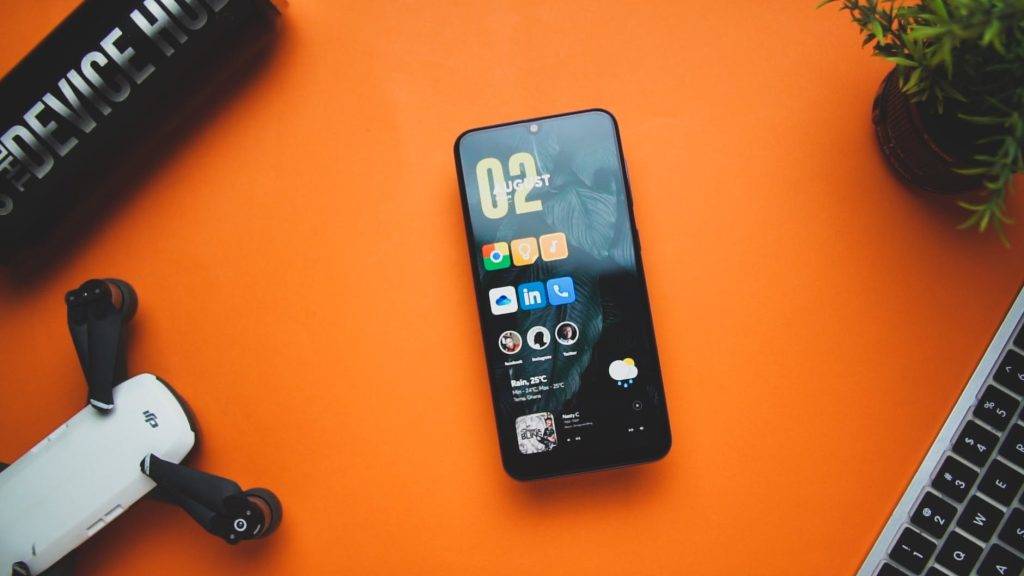The advent of 5G technology is revolutionizing various industries, promising faster data speeds, lower latency, and enhanced connectivity. While the benefits of 5G are undeniable, it also brings forth new challenges for cybersecurity. This article explores the impact of 5G on cybersecurity and sheds light on what individuals and organizations need to be aware of in this rapidly evolving landscape.
Understanding the Power of 5G
5G, or the fifth generation of wireless technology, is set to transform the way we interact with technology. With significantly faster data transmission speeds and near-instantaneous communication, 5G opens the door to innovations such as autonomous vehicles, smart cities, and the Internet of Things (IoT).
The Cybersecurity Landscape in the 5G Era
As the world becomes increasingly interconnected through 5G, the attack surface for cyber threats widens. The increased number of devices and connections means more entry points for potential attackers. Additionally, the low latency offered by 5G could enable more sophisticated attacks that occur in real-time.
Challenges and Vulnerabilities
- IoT Vulnerabilities: The proliferation of IoT devices connected through 5G networks creates numerous security challenges. Many IoT devices lack robust security features, making them attractive targets for cybercriminals.
- Supply Chain Risks: The complex global supply chain of 5G equipment introduces the potential for compromised hardware or software to be integrated into network infrastructure.
- Data Privacy Concerns: Faster data speeds mean more data is transmitted and processed, raising concerns about data privacy and compliance with regulations like GDPR.
- Ransomware and DDoS Attacks: The speed and capacity of 5G could enable larger-scale Distributed Denial of Service (DDoS) attacks and more rapid spread of ransomware.
- Network Slicing Vulnerabilities: Network slicing, a 5G feature that allows multiple virtual networks to run on a single physical network, could introduce vulnerabilities if not properly secured.
Mitigating the Risks
- Strong Encryption: Implement end-to-end encryption for data transmission to protect sensitive information from interception.
- IoT Security: Strengthen IoT device security with regular updates, strong authentication, and network segmentation.
- Zero Trust Architecture: Adopt a zero-trust approach to network security, where every user and device is treated as a potential threat.
- Collaborative Defense: Foster collaboration between cybersecurity experts, vendors, and government agencies to share threat intelligence and best practices.
- Regulatory Compliance: Stay informed about evolving cybersecurity regulations and ensure compliance with data protection laws.
The Road Ahead
5G presents immense opportunities, but its full potential can only be realized if the cybersecurity challenges are effectively addressed. As we embrace the era of 5G, individuals and organizations must prioritize cybersecurity measures to safeguard sensitive data, privacy, and the overall integrity of the digital landscape.
FAQs
- Can 5G networks be completely secured against cyber threats? While no system is entirely immune to threats, implementing robust security measures can significantly mitigate risks associated with 5G.
- Is 5G technology responsible for an increase in cyberattacks? 5G itself isn’t the cause of cyberattacks. However, its capabilities could potentially facilitate more sophisticated attacks.
- What steps can individuals take to protect their devices on a 5G network? Individuals should use strong, unique passwords, keep devices updated, and avoid connecting to public Wi-Fi networks without proper security measures.
- Are there specific industries more vulnerable to cyber threats in the 5G era? Industries heavily reliant on IoT, such as healthcare and manufacturing, may face greater cybersecurity challenges due to the proliferation of connected devices.
- How important is collaboration among governments and organizations in addressing 5G cybersecurity challenges? Collaboration is crucial. Cyber threats are borderless, and a unified effort is needed to share intelligence and develop effective defense strategies.


